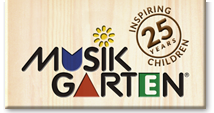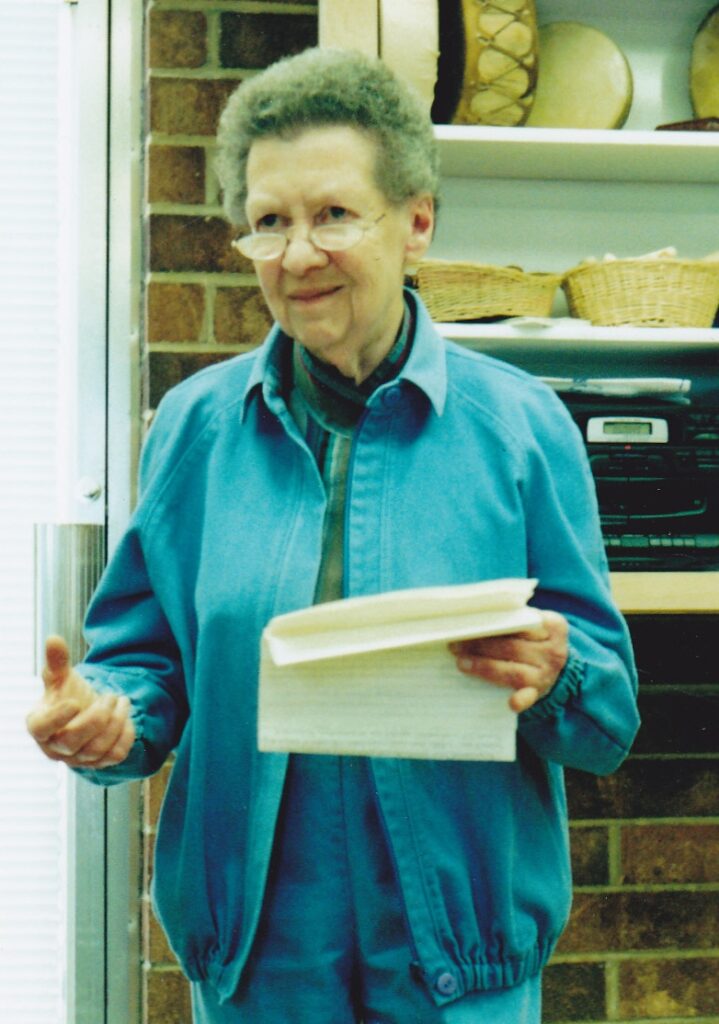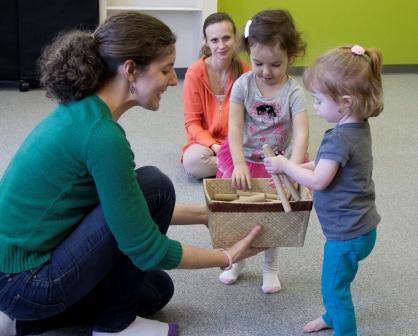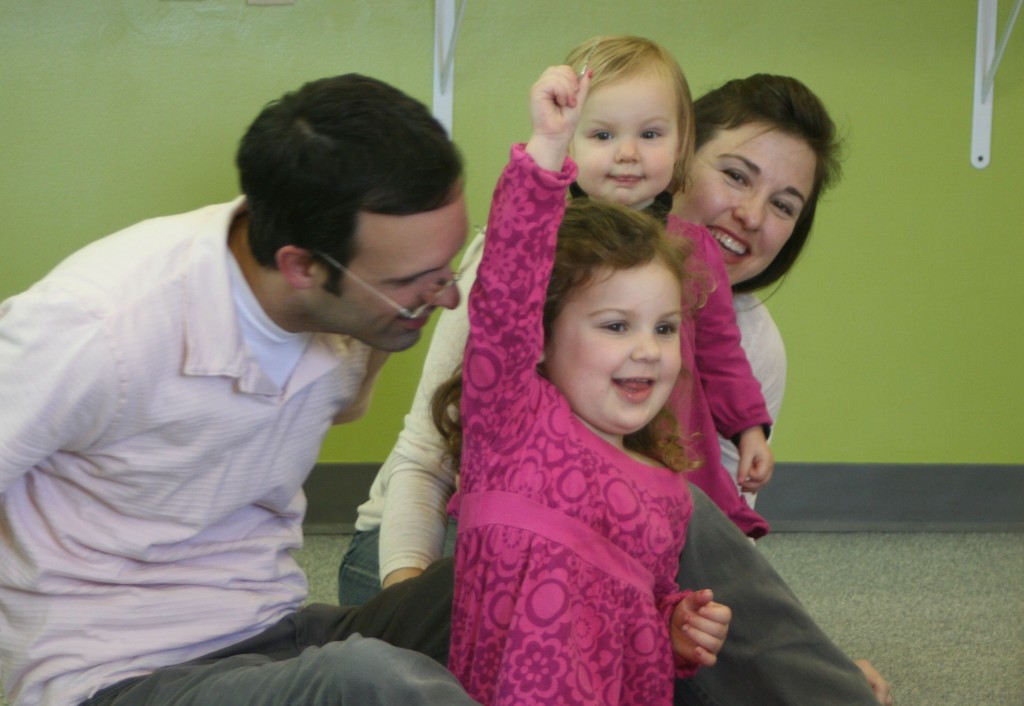Early childhood is a critical time for emotional development, as children learn to recognize, express, and regulate their emotions. Music education plays a significant role in supporting this development, offering children a unique way to express themselves, build resilience, and connect with others. Early childhood music classes positively impact emotional development and well-being.
- Emotional Expression Through Music
One of the most powerful ways music aids emotional development is by providing children with a non-verbal outlet to express their emotions. For young children, articulating feelings can be difficult, but through music, they can express joy, sadness, excitement, or frustration. This form of expression helps children become more in tune with their feelings and encourages emotional self-awareness, which is a cornerstone of emotional intelligence.
- Building Emotional Regulation Skills
Emotional regulation is the ability to control and manage one’s emotional responses, especially in challenging situations. Music lessons help children develop this skill through activities that require patience, focus, and practice. Studies show that children who engage in music education demonstrate better emotional regulation. The structure of music lessons provides children with opportunities to learn how to deal with challenges in a healthy and constructive way, enhancing their ability to manage emotions in other aspects of life.
- Empathy and Social Connection
Music is inherently social, and many early childhood music lessons take place in group settings, such as music classes. These environments foster empathy by requiring children to work together, listen to each other, and communicate non-verbally through music. Learning to play in sync with others builds cooperation, understanding, and respect for one another’s feelings.
When children are taught to recognize and respond to the emotions of their peers, they develop greater empathy and stronger interpersonal connections, which are crucial for emotional development.
- Boosting Self-Esteem and Confidence
Mastering an instrument or completing a music piece provides children with a sense of achievement and boosts their confidence. These accomplishments contribute to a positive self-image, which is essential for healthy emotional development. Children who feel proud of their musical abilities are more likely to take on challenges and approach new situations with a positive mindset. Performing music in front of an audience, whether in a recital or casual setting, also builds confidence. These experiences help children overcome performance anxiety and embrace opportunities for self-expression.
- Music and Emotional Resilience
For children experiencing stress or emotional challenges, music offers a comforting and therapeutic outlet. Research suggests that music can help children process trauma and manage emotions like anxiety or sadness. Music’s calming effects can reduce stress and foster emotional resilience, allowing children to cope with difficult situations more effectively. Listening to or creating music can provide a sense of emotional stability and comfort, especially during times of uncertainty or change. For example, music therapy has been used to support children dealing with trauma, helping them express feelings that might be too difficult to put into words.
Early childhood music lessons are more than just a creative activity—they are an essential tool for emotional development. Music helps children express their feelings, regulate their emotions, develop empathy, and build self-confidence. Through group lessons and individual practice, music provides children with the skills they need to navigate their emotions and relationships effectively. With its proven benefits, music education can play a vital role in shaping a child’s emotional intelligence, giving them the tools they need to succeed in life.
For more information about the Science of Music, check out these blog posts:
The Science of Music: How Music Teaches Children to Relax and Be Calm
The Science of Music: How Children Learn Patience Through Music
Are you interested in becoming a Musikgarten teacher and bringing these life changing skills to children in your community? Click here for more information.
If you are a parent interested in classes for your child, please click here.








